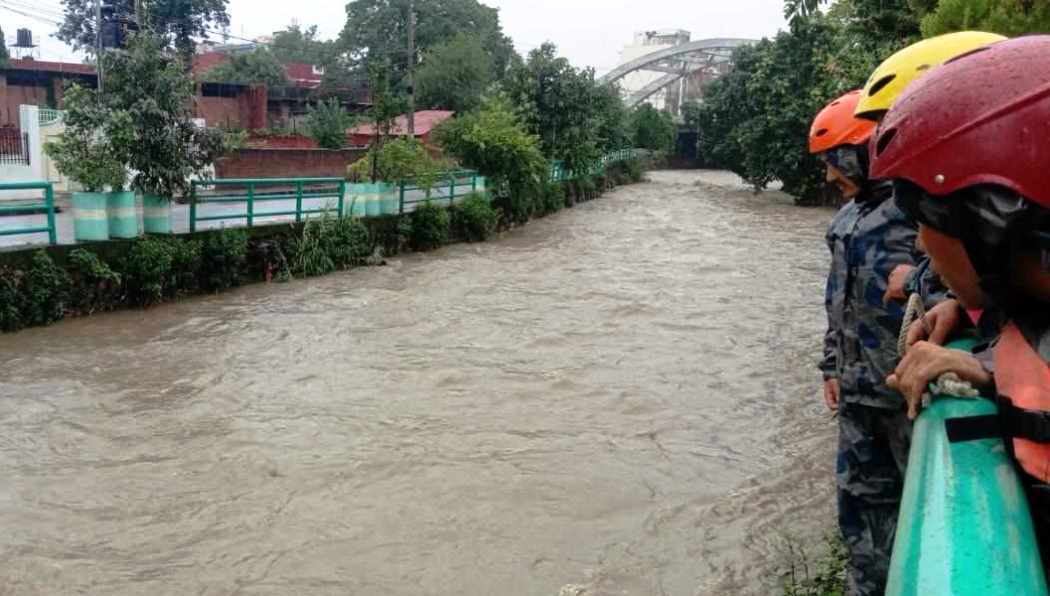Death Toll and Affected Regions
According to an updated tally from the Nepal Police on Sunday, October 5, 2025, 49 people have died in Nepal because of landslides and floods caused by two days of nonstop rain. The death toll, which was counted until 1:30 p.m. local time, is mostly from the eastern and central parts of the country. The Nepal Police say that the eastern Koshi Province was affected the hardest, with most of the deaths happening there. At least 37 people died in landslides in the Illam district. In addition to the deaths in Panchthar and Udayapur, there were also six deaths in Panchthar and two in Udayapur. Flooding in the Rautahat district killed three more persons.
Missing Persons
There are still a number of people missing around the country. The police said that as of Sunday afternoon, one person was missing in Illam, one in Bara, four in Rasuwa, and one in Kathmandu.
Records of Extreme Rainfall
The heavy rain that started on Friday caused a lot of rain to fall in some places. The Department of Hydrology and Meteorology said that the Maheshpur gauge station in Rautahat saw the most rain in 24 hours, with 358 millimeters falling between Saturday am and Sunday morning. The Department divides rainfall over a 24-hour period into three levels: “heavy” (50mm–100mm), “very heavy” (100mm–200mm), and “extremely heavy” (more than 200mm).
In the 24 hours leading up to early Sunday morning, five measuring stations in the Koshi, Madhesh, and Bagmati provinces reported more than 300 millimeters of rain. For example, Himali Village Centre in Illam received 332.6 millimeters of rain.
• Kanyam Tea Estate in Illam: 314.2 mm
• In the Parsa district, Mudli got 328.6 millimeters of rain.
• Gaur in the Parsa district: 315.0 mm
The department evaluated 295 rainfall measuring stations on Sunday morning. Of those, 186 said they had gotten rain in the last 24 hours. Out of those, 105 places got more than 50 millimeters of rain, and 21 centers registered “extremely heavy” rain that was more than 200 millimeters.
The State of the Rivers and Flooding
The heavy rain caused the water levels in many rivers, such as the Bagmati, Trishuli, East Rapti, Lalbakaiya, and Kamala, to go above the danger level in three provinces. The Department of Hydrology and Meteorology said that these water levels had gone above the alert level, but they are currently mostly going down. The Saptakoshi River went above the danger level on Sunday. The Tamor, Sunkoshi, and Arun rivers, which flow into it, also reached dangerous levels but are already starting to go down, according to the department. Other rivers that start in the Chure and Mahabharat ranges, like the Kankai, Budhikola, Lohandra, Kheshaliya, and Biring, likewise reached their highest levels of danger before starting to go down.
Outlook
The low-pressure weather system that caused the rain has moved out of Nepal, and the weather is getting better. However, the department is still keeping an eye on things because the monsoon has not officially left the area.
A global media for the latest news, entertainment, music fashion, and more.















